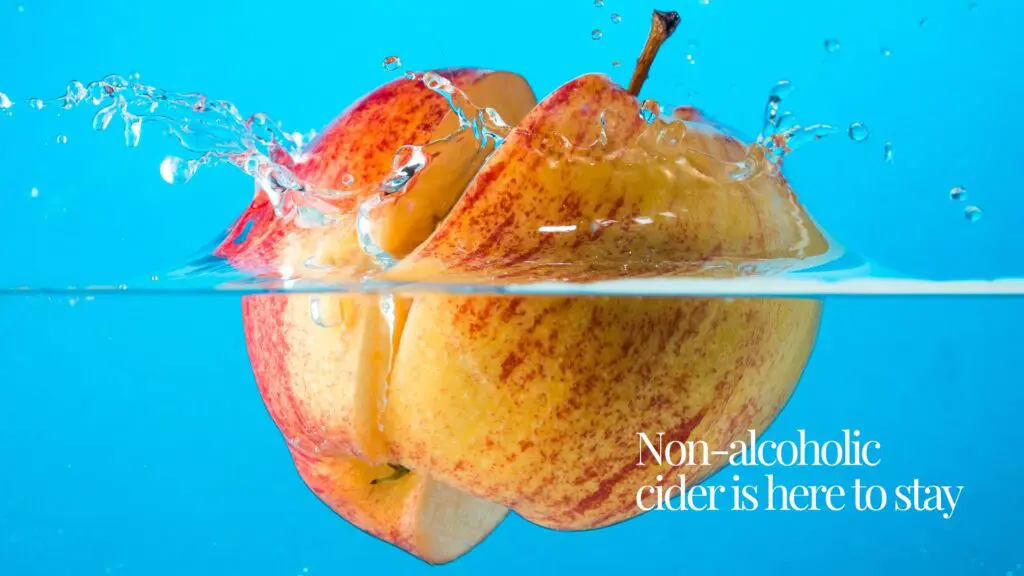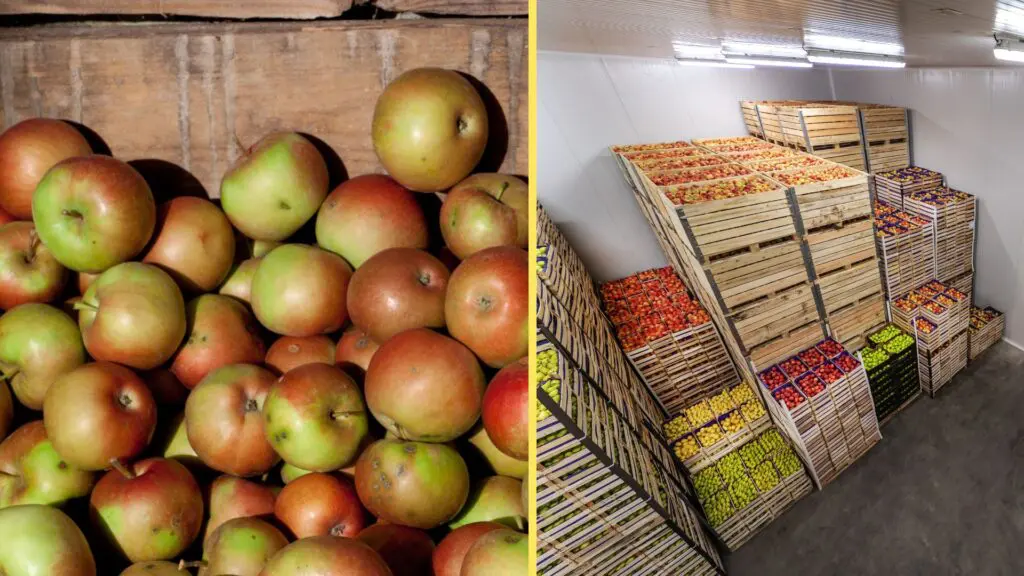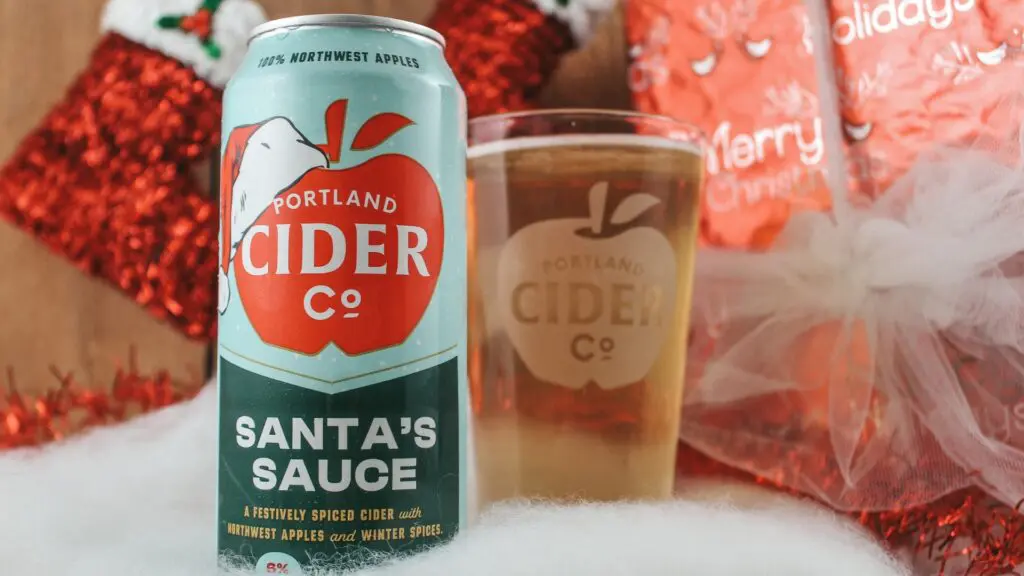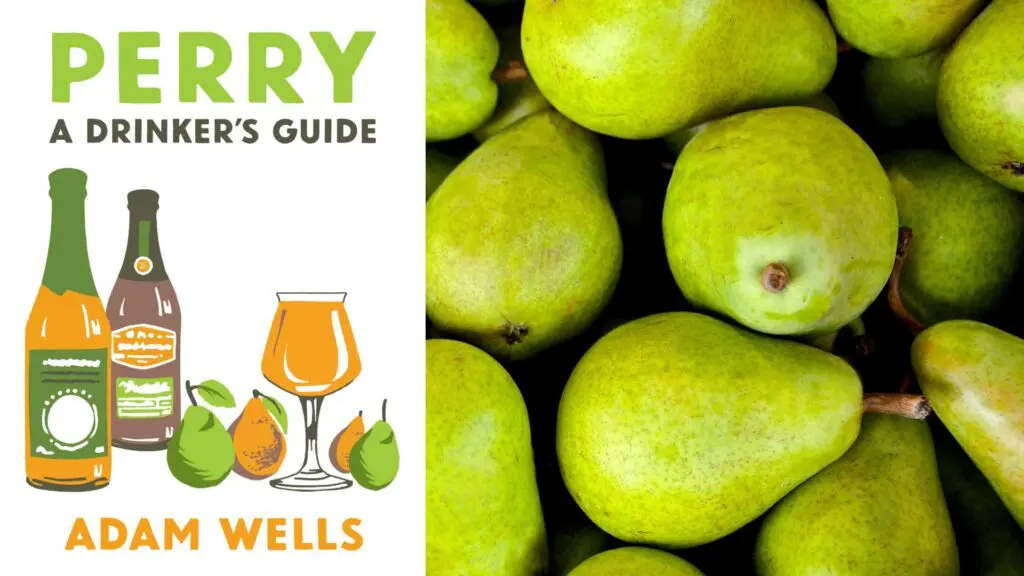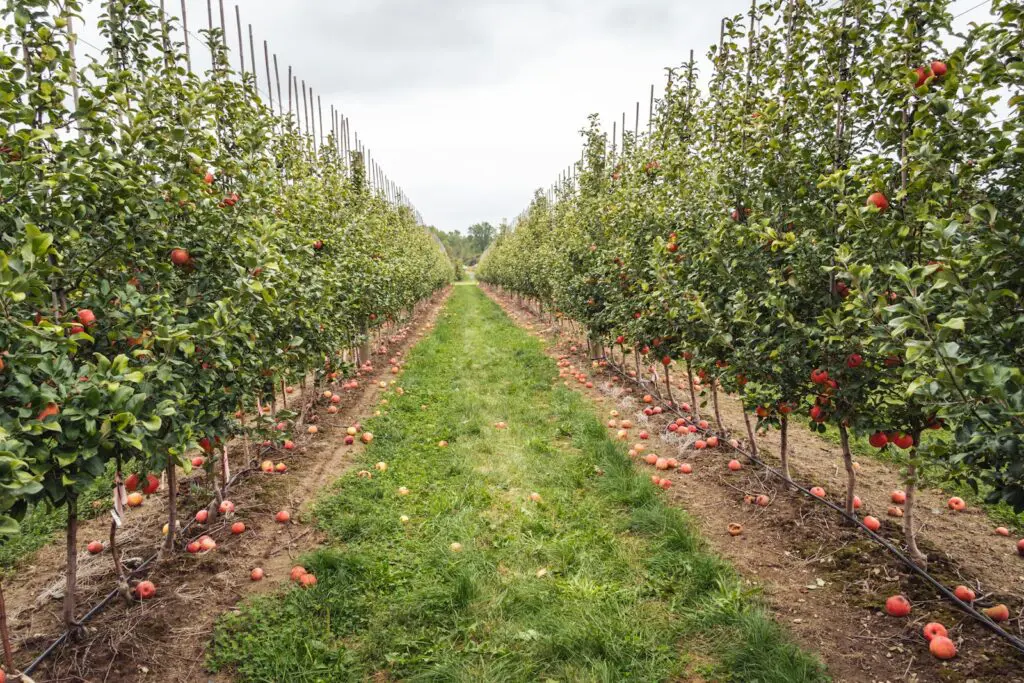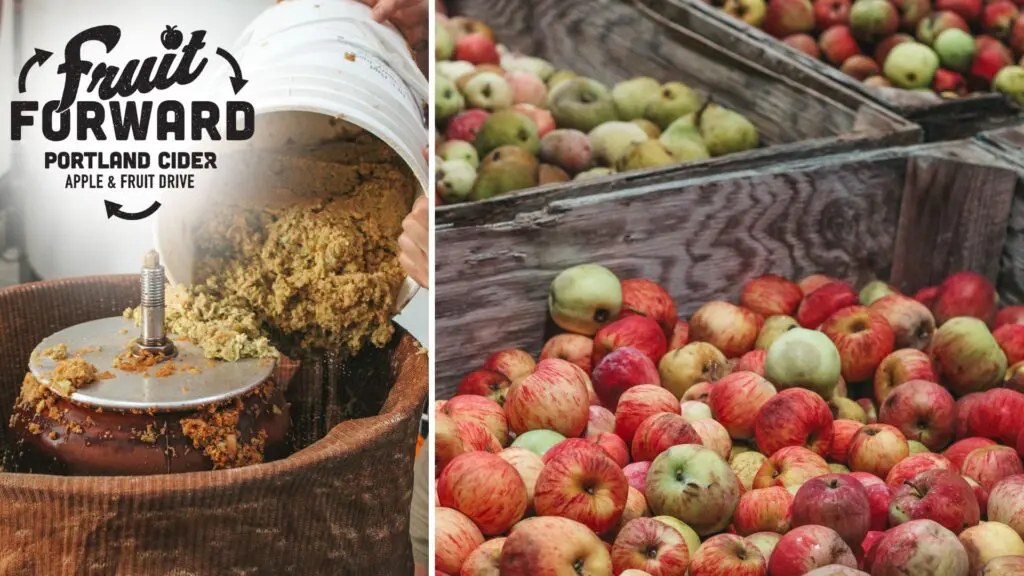There are many ways to change the profile of cider. Cidermakers can use only apples to make cider, or they may choose to infuse or co-ferment the cider with other fruits or adjuncts like hops, spices or squash.
But no matter what, it all comes back to apples. Different apples are going to change the profile of cider dramatically, thanks to sweetness, acidity, tannin and general variances in the fruit’s composition. While traditional French and British cider apples provide the deepest flavor profiles and complexities behind the ABV, those varieties are not planted nearly as much as apples for eating in North America. Cidermakers on this continent have been forced to look elsewhere and are finding that more and more of these “mixed use” varieties — for eating fresh and for fermenting — can be used to make delicious cider.
Blending these varieties with classic cider apples and infusing them with other flavors unlocks limitless possibilities — here are five mixed use apples and ciders made from them for you to taste the difference.
Northern Spy
One of the original names for this apple was the Northern Pie because of its prominent use in the baked dessert. This variety has long been used to make cider because of its high level of juice and its ability to give a strong apple flavor without being overly sweet. Citizen Cider from Vermont makes a single varietal cider with Northern Spy – the end result being a crisp, semi-dry cider with immense apple flavor.
McIntosh
Nicknamed “Mac” and “Smack” (for its sweet-tart tang), McIntosh is balanced enough to be able to make delicious, single varietal cider. The familiar eating apple fruit provides lots of juice, so it works great as a base apple when blending. Oregon’s Apple Outlaw produces a barrel-aged cider out of 100 percent McIntosh apples. The cider shows off the aromatic qualities of the apple resulting in a tropical complexity.
Golden Delicious
The Golden Delicious is an important apple because many other well-known culinary and mixed-use varieties are derived from it, like Pink Lady, Gala and Jonagold. The Golden Delicious is solid for cidermaking, considered a dessert apple because it’s sweet, rich and fresh. Washington Gold Cider has been utilizing this apple for its Golden Delicious cider and the result has been nothing short of, well, delicious. This varietal provides a deepness within the semisweet cider without overpowering the delicate honey tones.
Wickson Crab Apple
What makes this apple so good for cidermaking is it’s usually sweeter and fruit-forward for a crab, yet it still retains vibrant acidity. The Wickson has traditionally been utilized in blends to make full-bodied dry cider. Wandering Aengus Ciderworks in Salem, Oregon, has a single-varietal cider made from Wickson. The cider has a potent citrus aroma and is dry and fruit forward, just like a bite of the apple itself.
Gravenstein
A California favorite for sauces, ciders and preserves since the 1800s, Gravenstein has firm tannins and a tart flavor making it ideal for blend ciders. It also has an annual festival dedicated to it in Sebastopol each year. The apple is being used to make delicious single-varietal cider by Gowan’s Heirloom Ciders in California. The cider is medium-dry and gives a crisp profile of freshly harvested apples.


